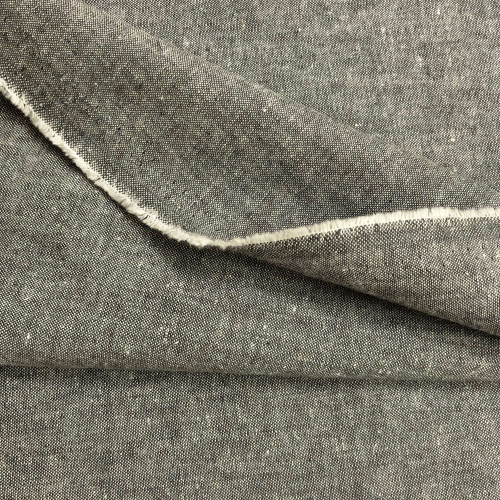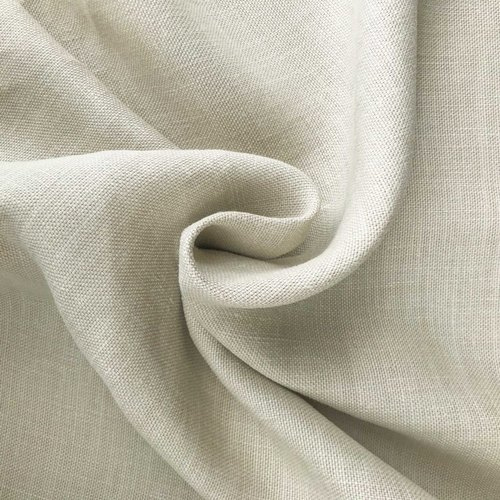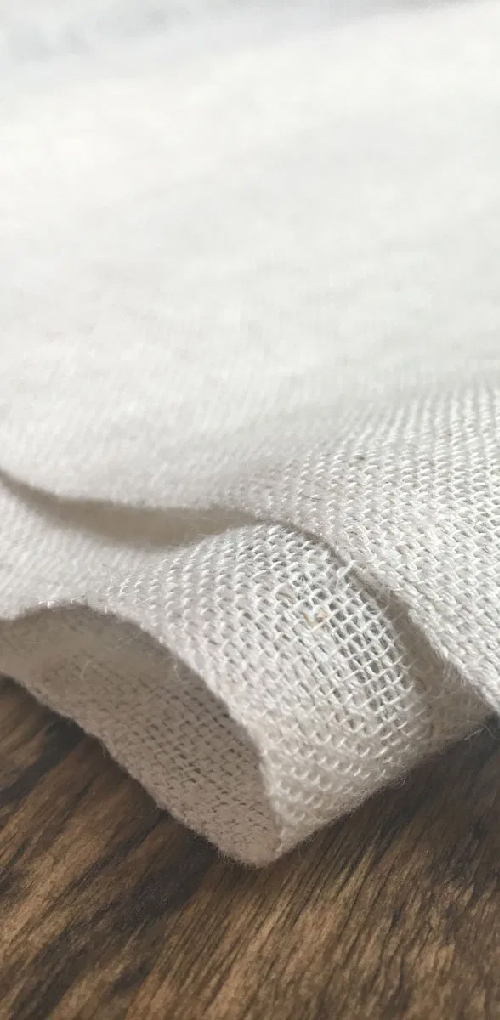hemp
Hemp textiles are processed into fibre using organic chemicals that are covered under the Oeko-Tex Standard 100 certification and are 100% recyclable. The process utilises a ‘closed-loop’ system where all chemicals used are recycled and used again, and again.
Hemp is a type of “bast fibre” which means it’s one of a number of natural fibres derived from the stems of plants such as flax, jute and stinging nettle. The fabric has various natural advantages such as keeping you warm in winter, cool in summer and even protecting you from UV rays.
The fibre produced from pure hemp is similar to linen in texture. It can also be blended with other natural fibres to create fabrics with the durability of hemp and the softness of cotton or bamboo.



The Benefit of Hemp
Strong
Clothing made of hemp fiber is lightweight and absorbent, with three times the tensile strength of cotton. People have long valued this strong and long lasting plant: the first hemp plants were spun into fiber than 10,000 years ago.
UV and mold-resistant, hemp is excellent for outdoor wear. And while you can’t always predict how the weather will be, hemp fabric can make you look good every time you’re outdoors. Hemp fabric is UV and mold-resistant. When you wear a shirt which is made from this material, your skin won’t be harmed by the sun’s UV rays. You’ll also be free from any stink when you wear hemp fabric during rainy days.
Weather Resistant
Versatile
Hemp can be blended with other fibers for different qualities in the garment. Hemp/silk and hemp/cotton garments are now available for added comfort
Hemp is less expensive to farm because of its minimal growth requirements. Hemp plants grow quickly, producing 5-10 tons of cellulose fiber pulp per acre in four months.
Cost Effective
Eco-Friendly
Hemp farming uses very little water (half as much as cotton), does not require the use of chemical pesticides or fertilizers, and is a readily renewable resource. Furthermore, nothing is wasted in the hemp production process: seeds are used to make oil and food supplements, while the stalks are used for fiber. Hemp also produces more fiber per acre than trees, and can be renewed two to three times per year. Not only that: industrial hemp plants absorb more carbon dioxide than trees.
Some people have very sensitive skin. Wearing inappropriate fabric can cause excessive itch and redness in different parts of their body. Fortunately, hemp fabric is hypoallergenic. It’s non-irritating to the skin and can even kill bacteria that come in contact with its surface. This makes hemp fabric very sanitary.
Hypo-allergenic
Retains Colors
Hemp material can be dyed easily and retains color very well. Regardless of how many time you’ll wear and wash something made from hemp, its original color will stay.
